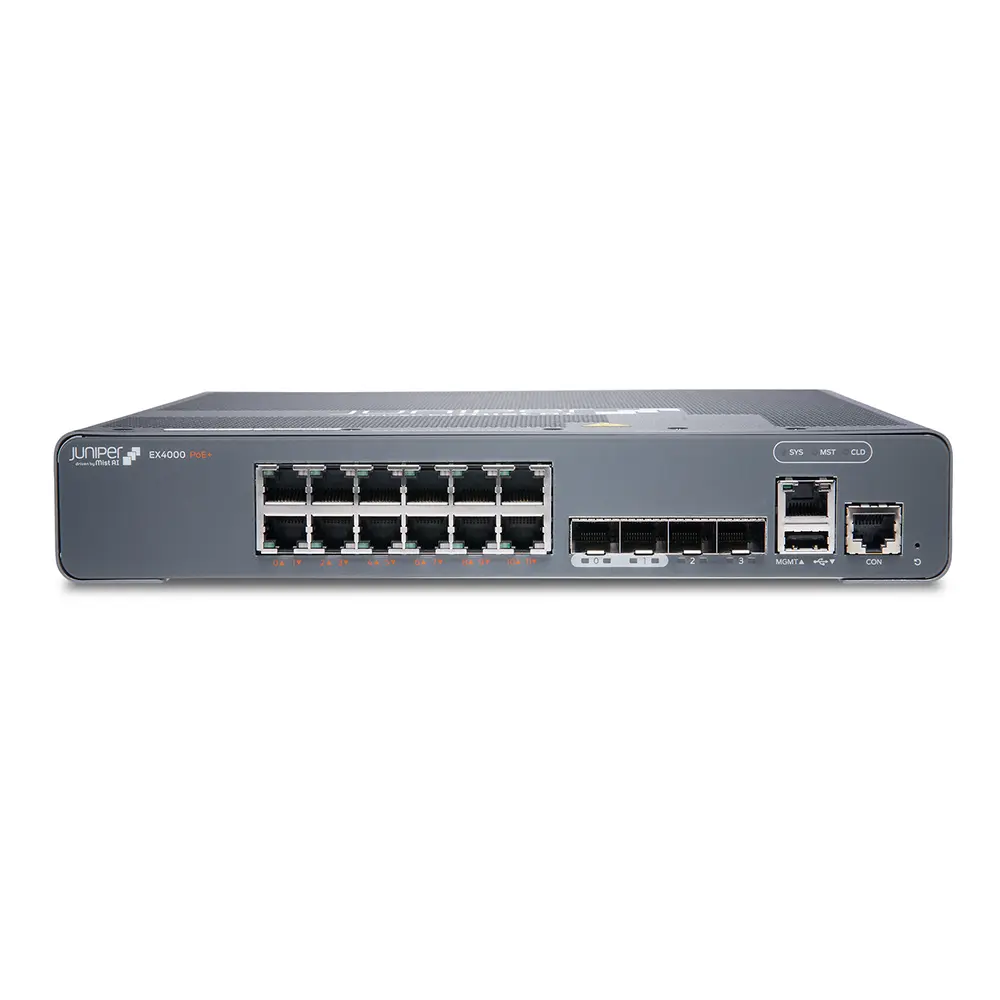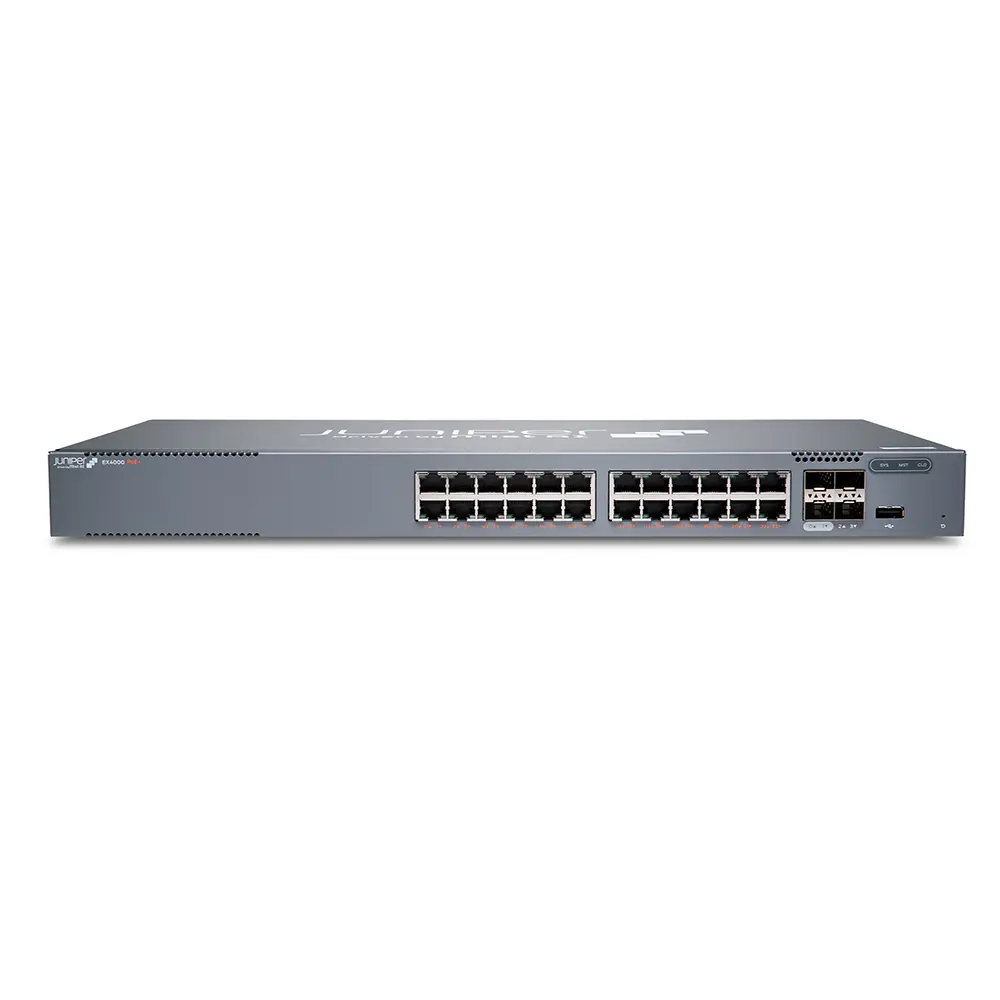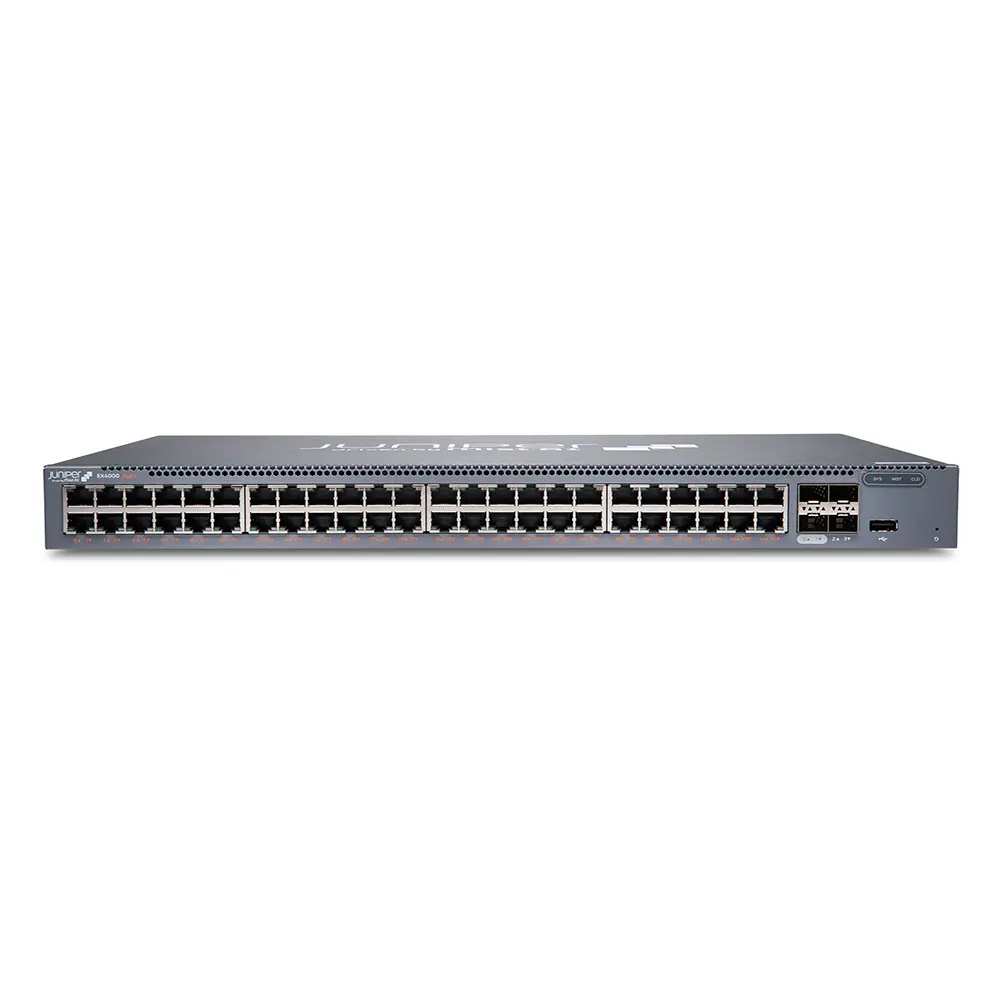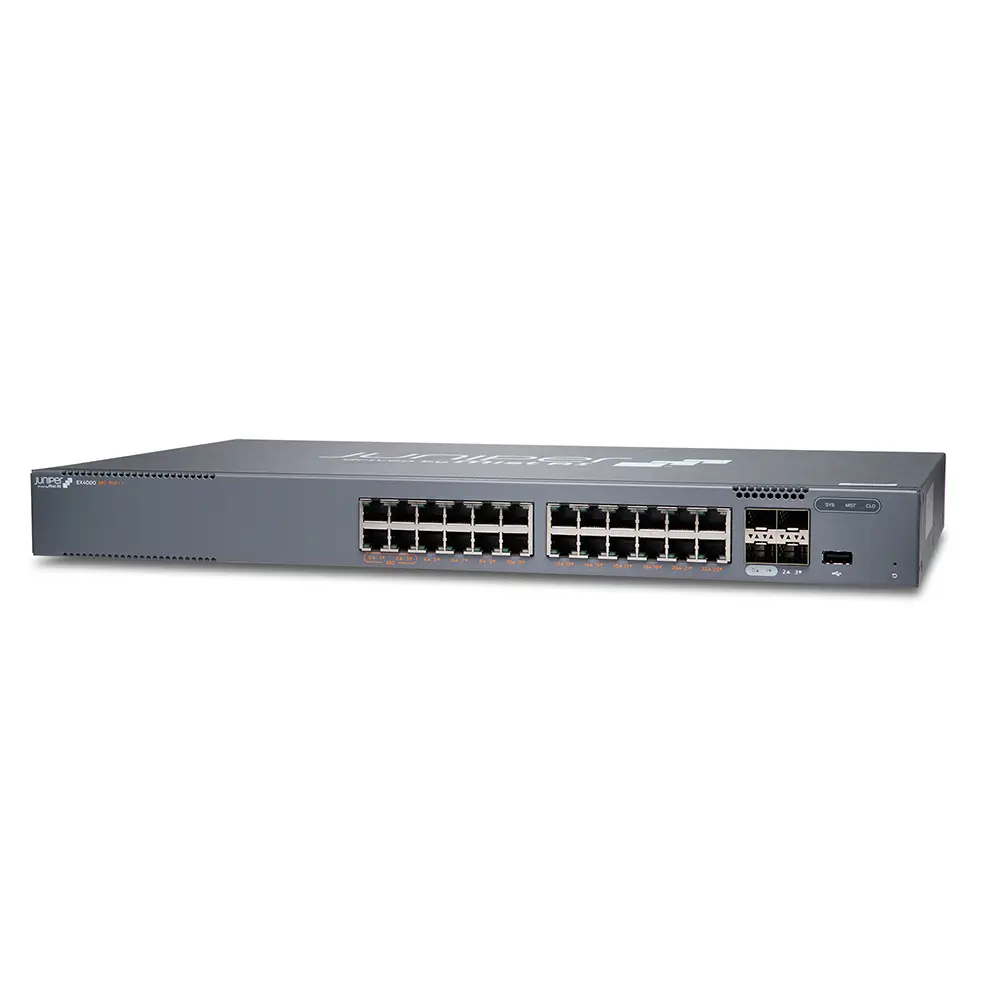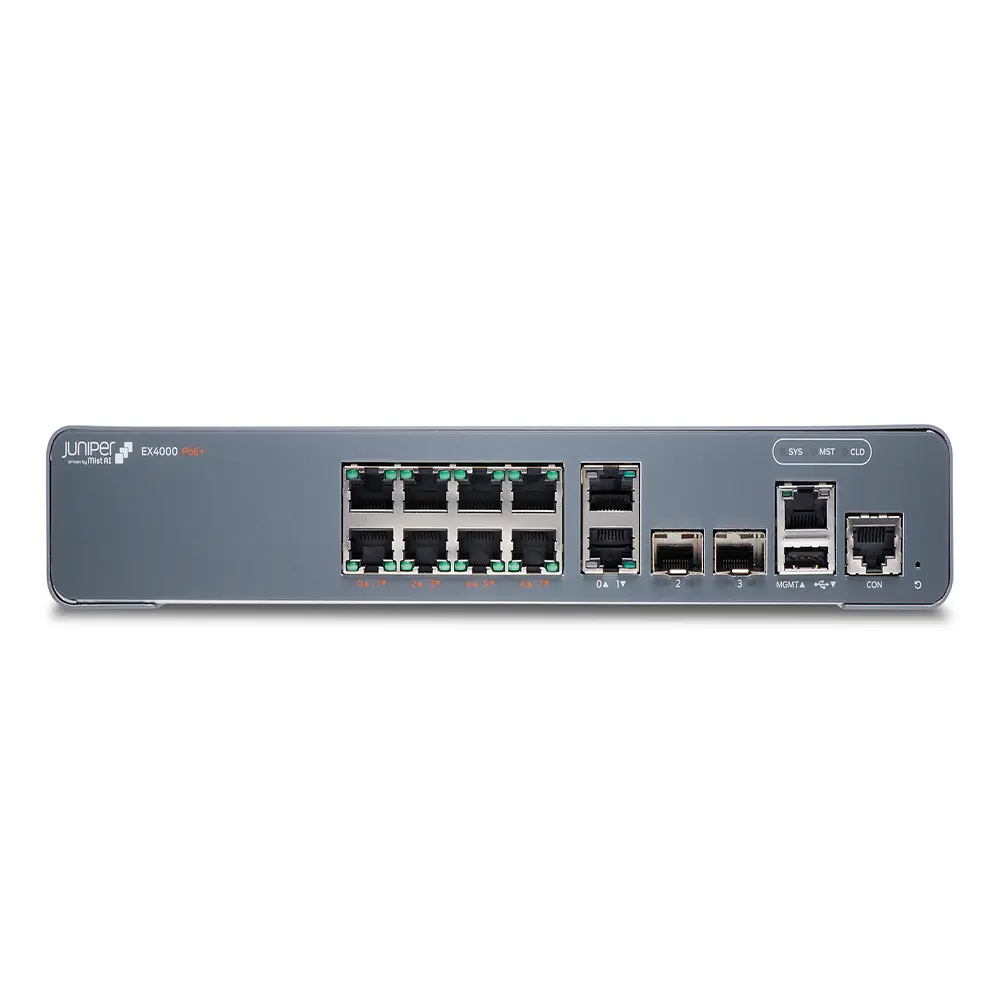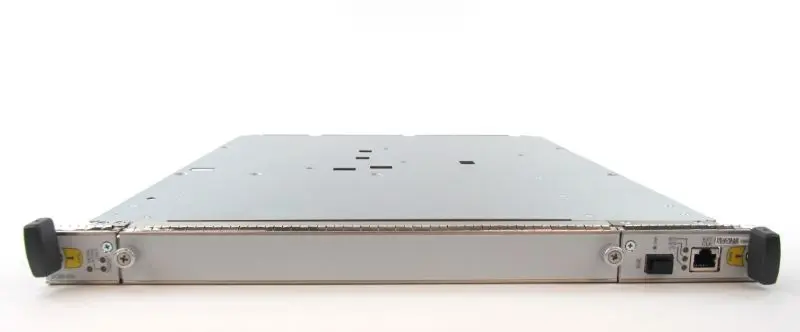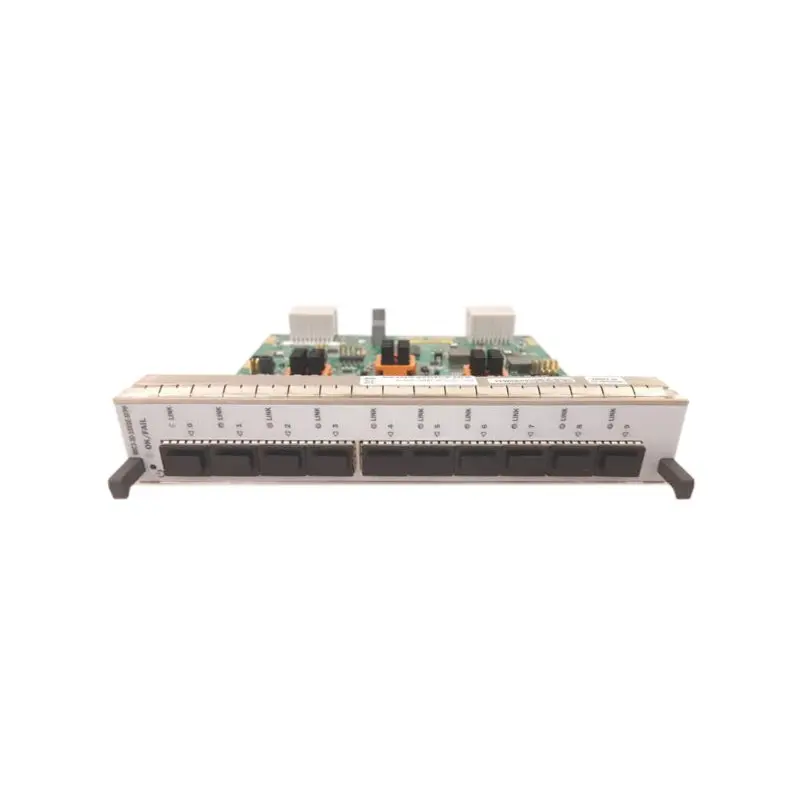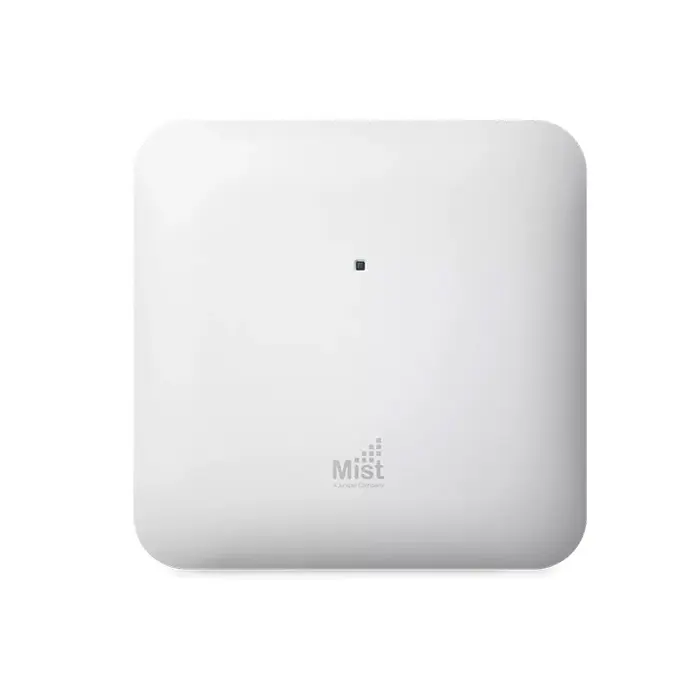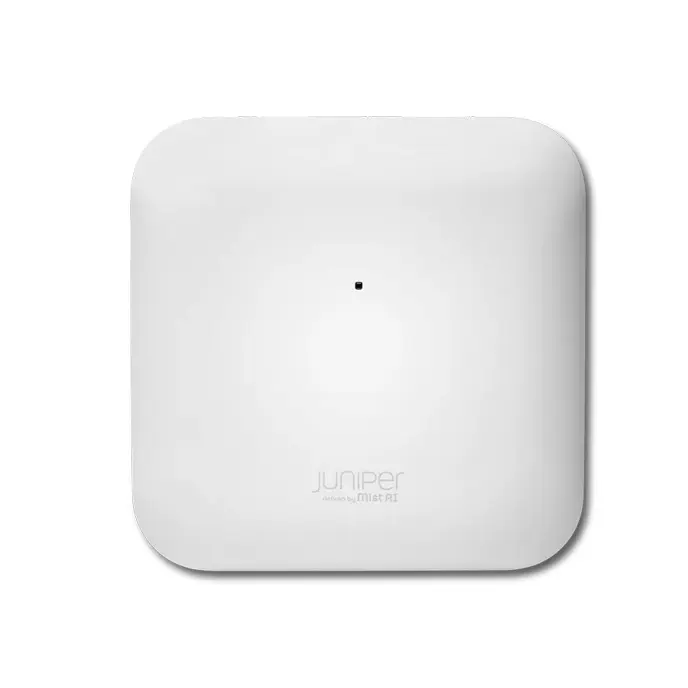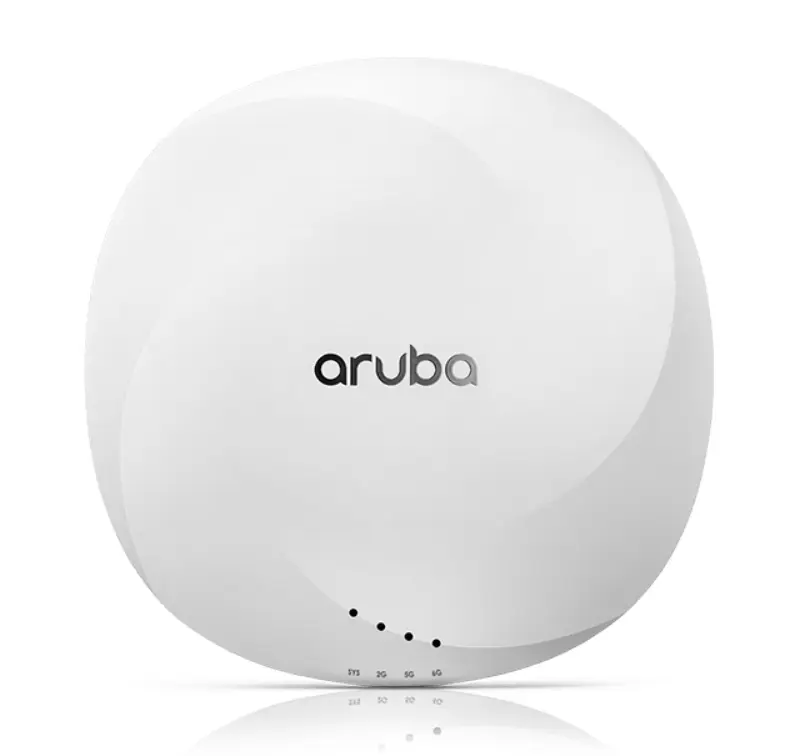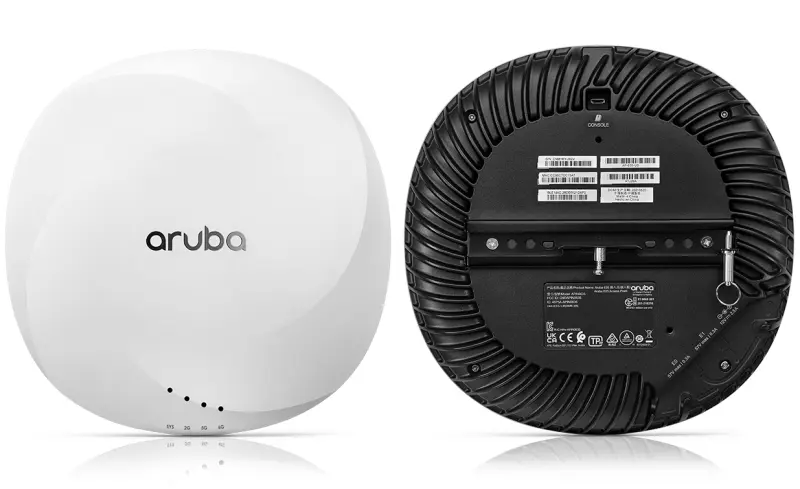0102030405
Aruba 630 Series Wi-Fi 6E APs
Hardware variants
●AP-634: External antenna models
●AP-635: Internal antenna models
Wi-Fi radio specifications
●AP type: Indoor, tri radio, 2.4GHz, 5GHz and 6GHz (concurrent) 802.11ax 2x2 MIMO
●2.4GHz radio: Two spatial stream Single User (SU) MIMO for up to 574Mbps wireless data rate with 2SS HE40 802.11ax client devices
●5GHz radio: Two spatial stream Single User (SU) MIMO for up to 1.2Gbps wireless data rate with 2SS HE80 802.11ax client devices
●6GHz radio: Two spatial stream Single User (SU) MIMO for up to 2.4Gbps wireless data rate with 2SS HE160 802.11ax client devices
●Downlink Multi-User (MU) MIMO is supported on all radios but disabled by default
●Up to 512 associated client devices per radio, and up to 16 BSSIDs per radio
●Supported frequency bands (country-specific restrictions apply):
●2.400 to 2.4835GHz ISM
●5.150 to 5.250GHz U-NII-1
●5.250 to 5.350GHz U-NII-2
●5.470 to 5.725GHz U-NII-2E
●5.725 to 5.850GHz U-NII-3/ISM
●5.850 to 5.895GHz U-NII-4
●5.925 to 6.425GHz U-NII-5
●6.425 to 6.525GHz U-NII-6
●6.525 to 6.875GHz U-NII-7
●6.875 to 7.125GHz U-NII-8
●Available bands and channels: Dependent on configured regulatory domain (country)
●Dynamic frequency selection (DFS) optimizes the use of available RF spectrum in the 5GHz band
●Supported radio technologies:
●802.11b: Direct-sequence spread-spectrum (DSSS)
●802.11a/g/n/ac: Orthogonal frequency-division multiplexing (OFDM)
●802.11ax: Orthogonal frequency-division multiple access (OFDMA) with up to 8 resource units (37 for the 6GHz radio)
●Supported modulation types:
●802.11b: BPSK, QPSK, CCK
●802.11a/g/n: BPSK, QPSK, 16-QAM, 64-QAM and 256-QAM (proprietary extension)
●802.11ac: BPSK, QPSK, 16-QAM, 64-QAM, 256-QAM and 1024-QAM (proprietary extension)
●802.11ax: BPSK, QPSK, 16-QAM, 64-QAM, 256-QAM, and 1024-QAM
●802.11n high-throughput (HT) support: HT20/40
●802.11ac very high throughput (VHT) support: VHT20/40/80
●802.11ax high efficiency (HE) support: HE20/40/80/160
●Supported data rates (Mbps):
●802.11b: 1, 2, 5.5, 11
●802.11a/g: 6, 9, 12, 18, 24, 36, 48, 54
●802.11n: 6.5 to 300 (MCS0 to MCS15, HT20 to HT40), 400 with 256-QAM (proprietary extension)
●802.11ac: 6.5 to 867 (MCS0 to MCS9, NSS = 1 to 2, VHT20 to VHT80); 1,083 with 1024-QAM (MCS10 and MCS11, proprietary extension)
●802.11ax (2.4GHz): 3.6 to 574 (MCS0 to MCS11, NSS = 1 to 2, HE20 to HE40)
●802.11ax (5GHz): 3.6 to 1,201 (MCS0 to MCS11, NSS = 1 to 2, HE20 to HE80)
●802.11ax (6GHz): 3.6 to 2,402 (MCS0 to MCS11, NSS = 1 to 2, HE20 to HE160)
●802.11n/ac packet aggregation: A-MPDU, A-MSDU
●Transmit power: Configurable in increments of 0.5 dBm
●Maximum (aggregate, conducted total) transmit power (limited by local regulatory requirements):
●Per radio/band (2.4GHz / 5GHz / 6GHz): +21 dBm (18dBm per chain)
●Note: conducted transmit power levels exclude antenna gain. For total (EIRP) transmit power, add antenna gain.
●Advanced Cellular Coexistence (ACC) minimizes the impact of interference from cellular networks
●Ultra Tri-Band (UTB) enables ultimate flexibility in 5GHz and 6GHz channel selection without performance degradation*
●Maximum ratio combining (MRC) for improved receiver performance
●Cyclic delay/shift diversity (CDD/CSD) for improved downlink RF performance
●Space-time block coding (STBC) for increased range and improved reception
●Low-density parity check (LDPC) for high-efficiency error correction and increased throughput
●Transmit beam-forming (TxBF) for increased signal reliability and range
●802.11ax Target Wait Time (TWT) to support low-power client devices
* The UTB feature was not supported on the initial AP-635 hardware, but was introduced in a hardware revision. See Aruba Field Bulletin AP2205-1 on the Aruba Support Portal for more details
Wi-Fi Antennas
AP-634:
Two sets of two (female) RP-SMA connectors for external antennas (A0 & A1 corresponding with radio chains 0 and 1 for the 2.4GHz and 5GHz radios, and B0 & B1 corresponding with radio chains 0 and 1 for the 6GHz radio). Worst-case internal loss between radio interface and external antenna connectors: 1.0dB in 2.4GHz, 1.0dB in 5GHz and 1.0dB in 6GHz.
AP-635:
Integrated downtilt omni-directional antennas for 2x2 MIMO with peak antenna gain of 4.6dBi in 2.4GHz, 7.0dBi in 5GHz and 6.3dBi in 6GHz. Built-in antennas are optimized for horizontal ceiling mounted orientation of the AP. The downtilt angle for maximum gain is roughly 30 to 40 degrees.
Combining the patterns of each of the antennas of the MIMO radios, the peak gain of the combined, average pattern is 2.9dBi in 2.4GHz, 4.9dBi in 5GHz and 4.3dBi in 6GHz.
Other interfaces
●E0, E1: Two Ethernet wired network ports (RJ-45)
●Auto-sensing link speed (100/1000/2500BASE-T) and MDI/MDX
●2.5Gbps speed complies with NBase-T and 802.3bz specifications
●POE-PD: 48Vdc (nominal) 802.3at/bt POE (class 4 or higher)
●802.3az Energy Efficient Ethernet (EEE)
●Link aggregation (LACP) support between both network ports for redundancy and increased capacity
●DC power interface: 12Vdc (nominal, +/- 5%), accepts 2.1mm/5.5mm center-positive circular plug with 9.5mm length
●USB 2.0 host interface (Type A connector)
●Capable of sourcing up to 1A / 5W to an attached device
●Bluetooth Low Energy (BLE5.0) and Zigbee (802.15.4) radio
●BLE: up to 5dBm transmit power (class 1) and -100dBm receive sensitivity (125kbps)
●Zigbee: up to 5dBm transmit power and -97dBm receive sensitivity (250kbps)
●Integrated omnidirectional antenna with roughly 30 to 40 degrees downtilt and peak gain of 3.0dBi
●Advanced IOT Coexistence (AIC) allows concurrent operation of multiple radios in the 2.4GHz band
●Built-in Trusted Platform Module (TPM) for enhanced security and anti-counterfeiting
●Visual indicators (four multi-color LEDs): for System (1x) and Radio (3x) status
●Reset button: factory reset, LED mode control (normal/off)
●Serial console interface (proprietary, micro-B USB physical jack)
●Kensington security slot
●Automatic thermal shutdown and recovery function
Power sources and power consumption
●The AP supports direct DC power and Power over Ethernet (POE) on port E0 and/or E1
●When both DC and POE power sources are available, DC power takes priority over POE
●When POE power is supplied to both Ethernet ports, either port can be configured as the active power source
●Inactive/standby POE power sources can be used to deliver hitless failover
●Power sources are sold separately; see the 630 Series Ordering Guide for details
●When powered by DC or 802.3bt (class 5) POE, the AP will operate without restrictions
●When powered by 802.3at (class 4) POE with the IPM feature disabled, the AP will disable the USB port
●Operating the AP with an 802.3af (class 3 or lower) POE source is not supported (except for AP staging)
●With IPM enabled, the AP will start up in unrestricted mode but may dynamically apply restrictions depending on the available power budget and actual consumption. The feature restrictions and order in which these get applied are configurable
●Maximum (worst-case) power consumption (without / with a USB device attached):
●DC powered: 20.7W / 26.4W
●POE powered: 23.8W / 29.4W
●This assumes that up to 5W is supplied to the attached USB device
●Maximum (worst-case) power consumption in idle mode: 8.7W / 14.2W (DC) or 11.7W / 17.2W (POE)
●Maximum (worst-case) power consumption in deep-sleep mode: 1.1W (DC) or 1.9W (POE)
Mounting details
A mounting bracket has been pre-installed on the back of the AP. This bracket is used to secure the AP to any of the mount kits (sold separately); see the 630 Series Ordering Guide for details.





